The Mustang, or American Mustang, is a type of horse that lives in the Western United States. Though people often refer to these creatures as “wild horses,” the Mustangs in North America actually originate from domestic horses, making them feral rather than “wild.”
Scientists classify all domestic horses in the species Equus caballus. Other members of the genus include several species of zebras, wild horse species, and donkeys. Read on to learn about the Mustang.
Description of the Mustang
These horses come in a somewhat wide variety of shapes and sizes because their ancestors did not all originate from the same domestic breeds. You can see a wide variety of different coat colors and patterns in these horses. Additionally, they typically have well-proportioned bodies, not too lanky or overly stout.
Members of this breed vary in size, but typically stand between 14 and 15 hands tall from the shoulder (or withers) to the ground. This translates to roughly 56 to 60 in. tall at the shoulder.
Interesting Facts About the Mustang
This popular horse has a number of unique traits and characteristics. Learn more about what makes them unique, below.
- Not-So-Wild Horses – As established above, you can’t quite call these creatures “wild” horses, because they do not naturally live in the Western United States. Instead, their ancestors come from domestic horses brought to North America.
- History Lesson – The very first members of this population of feral horses came from the Spanish conquistadors and the domestic Spanish horses they brought with them. Researchers believe that the first population established in 1598.
- Wild Horses – Just because this breed wasn’t a “true” wild horse doesn’t mean that North America never had wild horses. Archaeologists believe that approximately 10,000 years ago truly wild horses that ranged in the same areas of North America went extinct.
- Ecological Niche – Some supporters of the feral horses living in those areas now argue in favor of calling the Mustangs “wild” horses. They claim that the horses have taken up the same ecological niche that the extinct populations used, which means that they utilize the same food sources and fit into the ecosystem as they did.
Habitat of the Mustang
The first self-sustaining populations of Spanish horses established in the arid regions of Mexico. These regions consist primarily of desert and mountainous habitats. They also utilize grassland and prairie habitats with plenty of vegetation for them to feed on.
Distribution of the Mustang
Spanish conquistadors established breeding populations that would become feral Mustangs in Santa Fe de Nuevo Mexico. The Native American people quickly adopted use of the horses, and the populations eventually spread throughout western North America, with feral populations becoming established.
Nowadays, you can find these horses in specialized Herd Management Areas that protect and manage the populations. These HMAs exist in Nevada, Utah, Montana, California, Oregon, and Wyoming.
Diet of the Mustang
As is the case with all horses, this breed has herbivorous feeding habits. It feeds plants, and does not eat other animals. Their diet mainly contains grasses and some shrubbery.
While in human care, people supplement these horses with grains as well. This includes barley, soybeans, alfalfa, oats, timothy hay, corn, flax, wheat, clover, and more.
Mustang and Human Interaction
Like all domestic horses, humans created this breed’s ancestors by selecting individuals with desired traits. However, the feral populations no longer undergo selective breeding.
Though people do not selectively breed the wild populations, management programs do control their numbers to prevent overpopulation by capturing them and selling them at auctions.
Domestication
The people of Spain transported domesticated horses to the Americas in the early 1500s. The escaped populations from these horses established the first ancestors of today’s Mustangs. After their escape or abandonment, these horses typically do not undergo additional selective breeding unless recaptured.
Does the Mustang Make a Good Pet
This type of horse does not generally make a good pet to the average person. Experienced handlers typically adopt these horses.
Mustang Care
In human care, these horses have needs similar to any other breed. They have a social nature and do best in a group. You must provide them with ample pastures that contain plenty of grass to eat, and you should also supplement their diet with grain and hay. Additionally, you must provide access to fresh water at all times, and shelter of some form.
Behavior of the Mustang
These feral horses live in groups known as herds. The herds typically contain a single male, known as a stallion. The stallion protects a harem of several females, known as mares, and their young, known as foals. Outside stallions sometimes challenge the male for the right to breed with the mares.
Reproduction of the Mustang
These horses have the same reproductive rates as any other breed of horse. After mating, the mares undergo a gestation period of approximately 11 months, though this varies slightly. For the vast majority of births, mares generally give birth to a single offspring, though it is not uncommon to have twins. These babies are known as a foal. The foals nurse for up to two years.


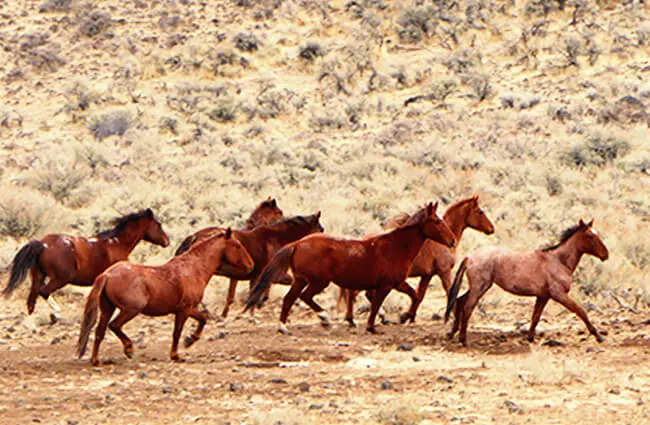


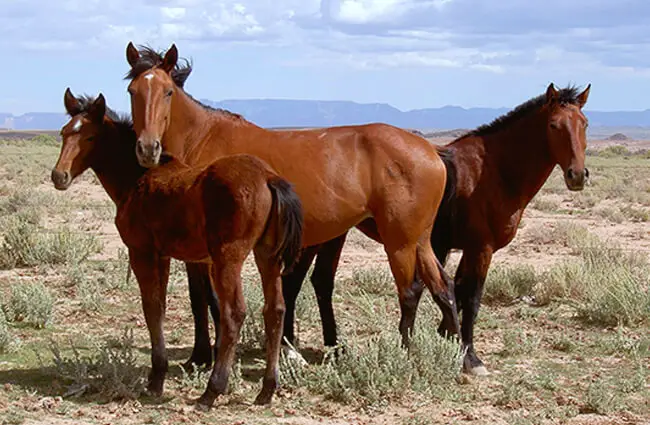
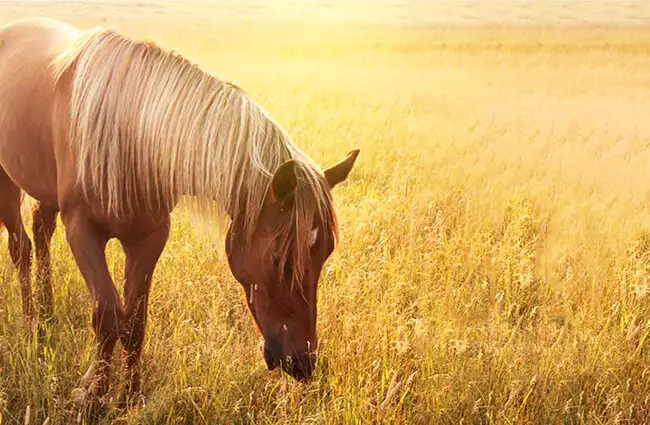
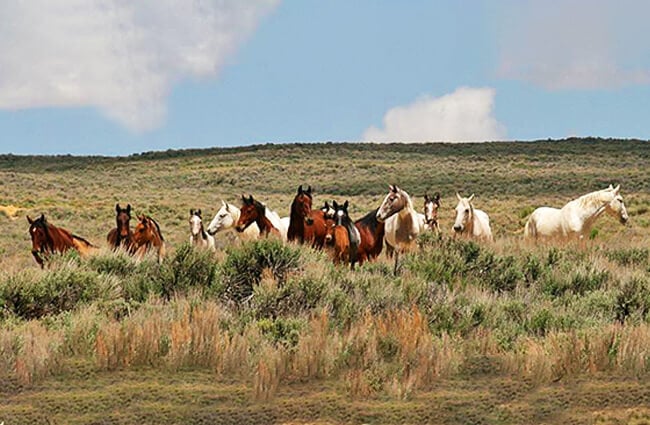
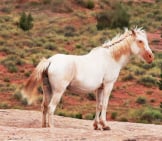

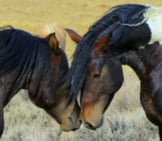
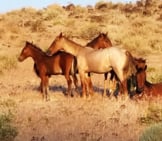

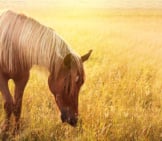
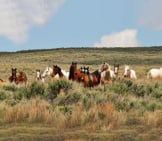
![Red Angus Closeup of a beautiful Red Angus cowPhoto by: U.S. Department of Agriculture [pubic domain]https://creativecommons.org/licenses/by/2.0/](https://animals.net/wp-content/uploads/2020/03/Red-Angus-4-238x178.jpg)












![Red Angus Closeup of a beautiful Red Angus cowPhoto by: U.S. Department of Agriculture [pubic domain]https://creativecommons.org/licenses/by/2.0/](https://animals.net/wp-content/uploads/2020/03/Red-Angus-4-100x75.jpg)

